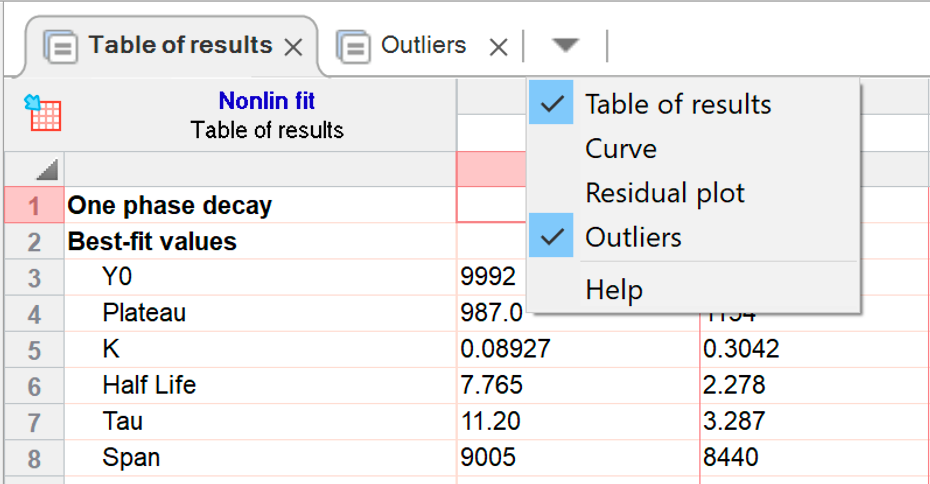

Moreover, the massive expansion of lymphocytes in the intestinal epithelium (intraepithelial lymphocytes-IELs) is a hallmark of CD, particularly of the overt disease. In particular, most of these T cells are clusters of differentiation cell surface molecules 4+ (CD4+) TCRaß+ cells which recognize gluten peptides complexed with HLA-DQ2/DQ8 molecules and produce a cascade of inflammatory Th1 cytokines, dominated by interferon(IFN)-γ and interleukin(IL)-21. Ī large body of studies have underlined the pathogenic role of gluten-reactive T lymphocytes carrying the T-cell receptor (TCR)-aß (TCRaß+ T cells), massively infiltrating the lamina propria of patients with overt-CD. Whilst the only treatment for overt-CD is a lifelong gluten-free diet (GFD), for potential-CD the dietary treatment is recommended only to patients presenting symptoms. About one third of potential-CD patients develops the overt form with villous atrophy during an observational period of 9 years on a gluten-containing diet. Potential-CD condition affects 10–15% of all CD cases, mainly in pediatric age. Despite the large spectrum of clinical manifestations, CD may present different grades of intestinal mucosa damage, ranging from a slight inflammation and normal villous architecture, as in potential CD (potential-CD), or a marked tissue inflammation with villous atrophy, as in overt-CD. In this latter case, the disease can be diagnosed in subjects screened for familiarity or by general population screening. In particular, CD clinically can arise with gastrointestinal or extra-intestinal symptoms or being totally asymptomatic. CD can be diagnosed at any age and may present a broad spectrum of clinical manifestations. Several large population studies reported an association of CD with non-HLA risk alleles with different functions in the immune response, as genes implicated in the maturation and /or activation of T lymphocytes (CD28, CTLA4, ICOS, interleukin (IL)-2 and IL-21). Genetic predisposition is determined by specific alleles of Human Leucocyte Antigen (HLA), such as DQA1*05-DQB1*02 (carried by DR3/DQ2.5 haplotype) and DQA1*03-DQB1*03 (carried by DR4/DQ8 haplotype) genes, that encode for DQ2.5 and DQ8 heterodimers, respectively. The pathogenic mechanisms are multifactorial, and various environmental factors, other than gluten proteins, participate in its onset. These findings strongly suggest that the detection of TCRγδ+ and IL4+ T cells could serve as cellular biomarkers of mucosal lesion and targets of novel immunomodulatory therapies for CD.Ĭeliac disease (CD) is a chronic intestinal inflammation caused by dysregulated immune response to dietary gluten in genetically predisposed individuals. M3 p < 0.007) and an increase of TCRγδ+ T cells (M0 vs. The changes of these two cell subsets strongly correlated with mucosal lesions, according to the histological Marsh classification, as the transition from M0 to M3 lesions was associated with a significant reduction of IL4+ T cells (M0 vs. In this study, we demonstrated that the intestinal densities of IL4+ T cells inversely correlated with TCRγδ+ T cell expansion ( p < 0.005) and with the serum levels of anti-tissue transglutaminase antibodies ( p < 0.01). We recently observed an expansion of TCRγδ+ T cells and a concomitant disappearance of IL4-producing T cells in the intestinal mucosa of overt-CD patients compared to potential-CD children, suggesting the involvement of these two cells subsets in the transition from potential-CD to overt-CD. To date, specific early biomarkers of evolution to villous atrophy in potential-CD are lacking. For overt-CD patients the gluten-free diet is mandatory, while for potential-CD the dietary therapy is recommended only for those subjects becoming clinically symptomatic overtime. Overt-CD and potential-CD are the two main forms of gluten intolerance in pediatric patients with different grades of intestinal mucosa lesion and clinical management. Celiac disease (CD) is a chronic intestinal inflammation caused by gluten ingestion in genetically predisposed individuals.


 0 kommentar(er)
0 kommentar(er)
